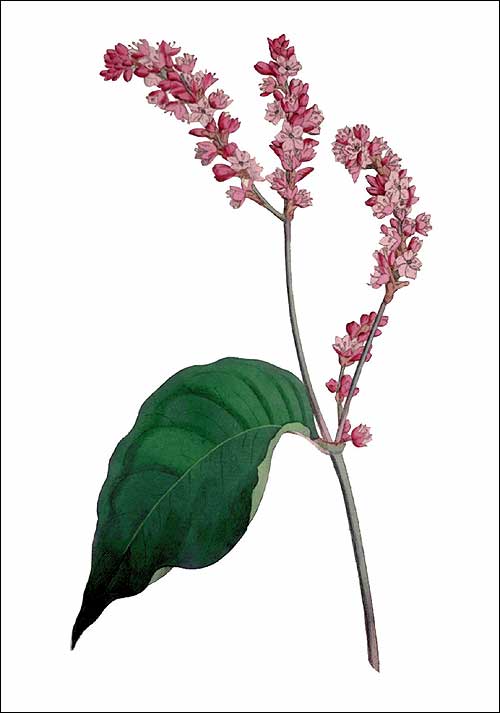Plants from Civil War era inspire gardener
This year I am planting a Civil War-era garden.
I am an impulsive gardener, tending to fall for the newer-is-better trees, bulbs and seeds featured in the catalogs that fill my mailbox.
This year I am going to step back in time and try some of the successes that have come down through the years: heirloom roses, vintage irises and old-time tulips.
I want a garden that will resemble what the Union and Confederate troops saw as they crisscrossed the Virginia’s Shenandoah Valley, where I live. I am aiming for what a farm woman might have planted around her door and in a nearby flower garden, not what grew in the formal plantation gardens.
When I bought my property 20 years ago, I inherited several of the old variety flowering bushes that were popular in the 1860s. There are two bright pink crape myrtles, two white snowball hydrangeas and one lavender lilac.
They might not be specimens from the war period, but they create anchors in acres of grass and meadows where I can group plants that were known in the 1860s.
Hundreds of vintage plants have been identified from the war period, and enough are available through specialized nurseries that one could fill several acres with them. I want to start with a few plants to see how well they do before I consider acres of anything.
My selection was based on color and what should do well in my area, which falls between the 6 and 7 plant hardiness zones.
On the top of my list are roses, not that I have had much luck with the ones advertised as “easy care” and “anyone can grow.” But spring brings out the best in gardeners, and I will give the double-rose Baltimore Belle a try. Available from Vintage Gardens Antique Roses (www.vintagegardens.com) in Sebastopol, Calif., it is described as having “exquisite, scrolled pink buds of rich perfume in small clusters, creating a sumptuous display.” Introduced in Baltimore in 1843, the pale pink rose was often grown on porches, trellises or arbors.

Kiss-me-over-the-garden-gate was a popular vintage plant from the Civil War period.
Another possibility is Devoniensis, a creamy white, medium shrub tea rose also known as Magnolia Rose. Introduced two decades before the war began in 1861, it has been variously described as classy and one of the finest roses. Ashdown Roses (www.ashdownroses.com) in Campobello, S.C., offers this rose and others from the war period.
Select Seeds (www.selectseeds.com) in Union, Conn., has a large selection of other plants and seeds dating from the early 1800s. Some that were popular in the 1860s have terrific names. I plan to order Kiss-Me-Over-The-Garden-Gate, a six-footer displaying large, smooth leaves and dangling blooms of deep rose that sway in the lightest breeze.
Another is Love-Lies-Bleeding, a medium-tall plant that also has dangling blooms, but these are wine red — some say blood red. Its other name is Nun’s Whipping Rope.
And then there is Love-in-a-Puff, a vine that features little green balloons that are the seed pods. Inside each puff are three seeds, each marked with a perfect white heart. It is said to have been a favorite with children.
If all goes well, I will keep adding war era plants through the years. The best part about gardening is sharing plants, and maybe one day, many of the houses on the nearby Fishers Hill battlefield will have the plants the soldiers would have seen.

